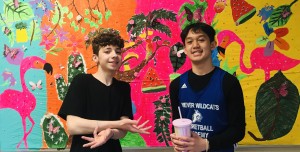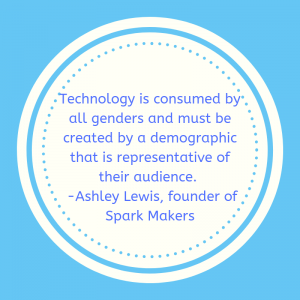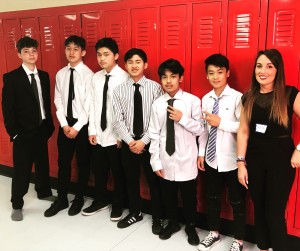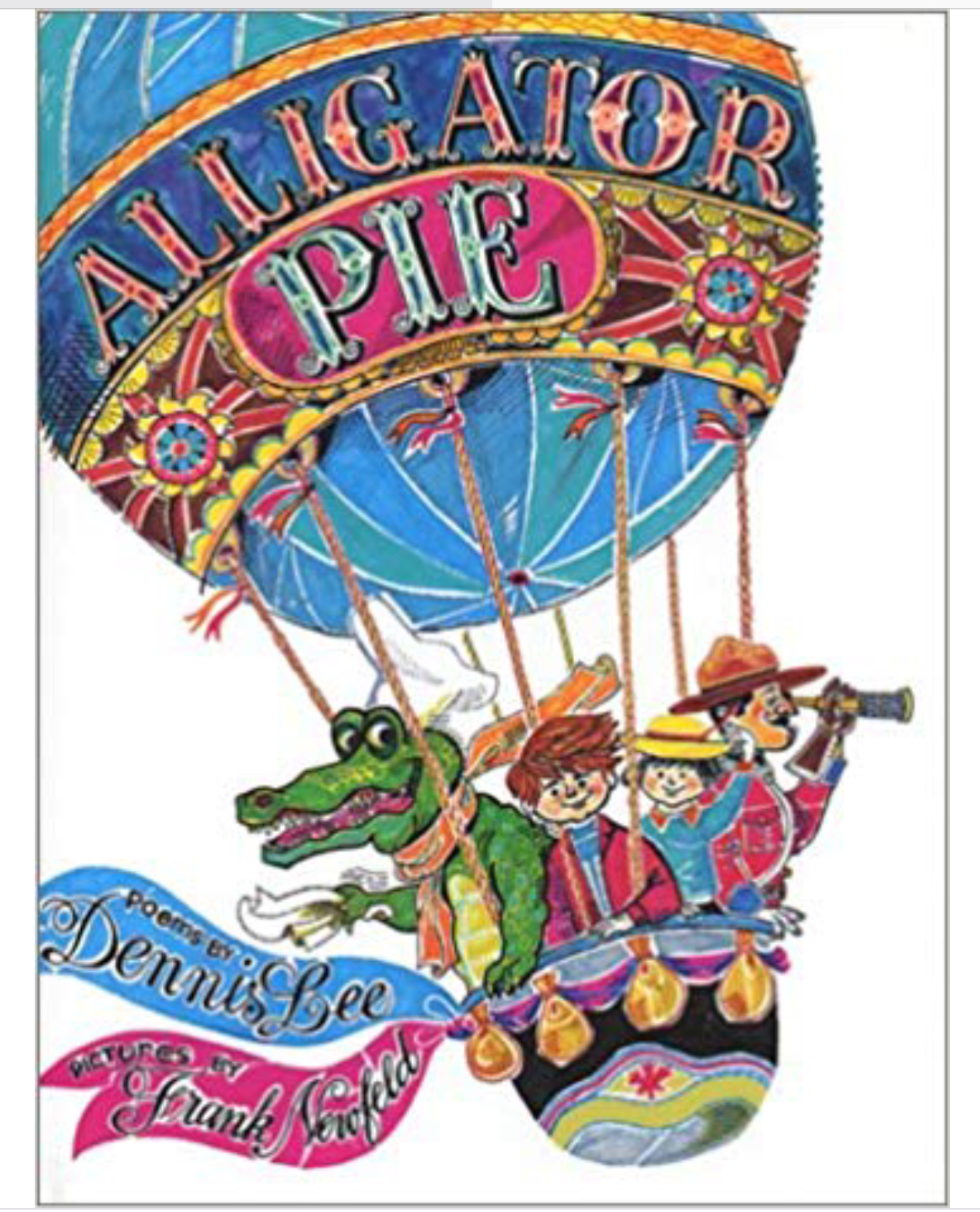A new school year has begun again and I am once again teaching grade eight, in my opinion, the most exciting and enriching grade I have taught so far.
The first few weeks have been incredible because of the honest conversations we had week one about how great their year can be if they make it that way. We talked about fun trips, ideas and awards that go on during their grade eight year. We talked about what the ideal classroom looks like, sounds like and smells like (ha!) so we made some ideas on how we can achieve those goals. The students have done an amazing job so far on adhering to all of the goals they set out for our own classroom.
A few things have been making this start up so incredible:
- There are many student leaders in the classroom who have helped to set the tone for all of the other students in the room. They model positive behaviours and shut down negative ones. There is little to no times where I have interjected to tell them what I expect because another student has already done that for me.
- I have already received the help during breaks and afterschool of about 9 or 10 students with teams that go on at our school. These leadership activities have made them stand out in the classroom as well as the extra responsibility has made them thoroughly enjoy each day. That feeling that they are making a difference in their school shows everyday in their mood and behaviours. I am hoping even more students will be interested in these opportunities as only ten of the 26 have stepped up so far. I have awarded these students with small circular stickers that they put on their desk organizers. At the end of the year, we will see who has volunteered the most and those students will be eligible for a token of appreciation (not sure what that will look like yet). It will also help the staff with selecting grade eight awards because they will see who has given up so much of their time for our school community.
- I have offered students homework to complete every night which will help them prepare for grade nine. 19 out of the 26 students have taken this homework and completed it each night. I have three ESL students who I am working on preparing appropriate homework for them so then it will be 22 out of 26. We take up this homework each morning and new homework is given out every night before they go home. The fact that it is optional makes students actively take the initiative to better themselves and their after school time. I am so proud of these students as I mentioned it will help them get ready for grade nine and the few students who took that opportunity last year had the highest marks in the school (they won the principal’s award). It is great hearing groups of students want to hang out after school to work on homework. It is definitely a good after school option for them.
- I also have offered students level four or above and beyond opportunities that go with each task we have completed as a class. Seeing those 10-12 students select that option is awesome as they are actively selecting to do better and to challenge themselves each day. I remember being in school not knowing the difference between all of the levels and not knowing how my teacher came up with my mark. I make sure all of my students know how they can excel to the highest level possible.
I think all of these things working together have made it impossible for the students in my room to have a negative experience or to make the day negative for someone else. It is incredible to see such focus and leadership day to day and it makes me so proud of my class. I was away last week at a junior baseball tournament (coached by two of my students) and my supply left only this note, “Your class rocks!” This would not have been possible last year as I must have missed many of these steps in the school year start up. I am really hoping the year will continue in this positive manner.
Having faith in your students and challenging them daily is the best way to go 🙂

 (<<<our student create wall)
(<<<our student create wall)


